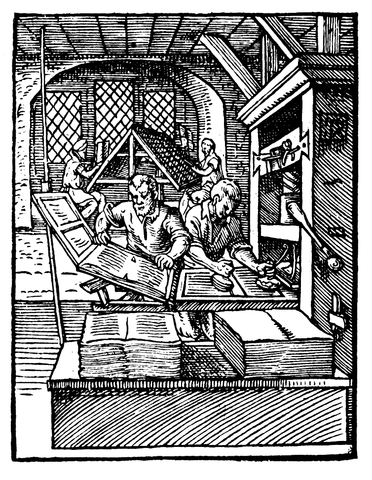

Use our online designer studio to create your own personalised flyers, business cards, greeting cards and more.
Order NowWhen it comes to professional printing and advice on your business marketing, we are the team to call! You can call us direct on 04 568 8773 or fill in our quote form.
Request a Quote
Printing is a very broad blanket term to describe a wide range of technologies used to put images and text on to everything from the books on your shelves, packaging for your food, flyers in your mailbox and patterns on your wallpaper. What is needed to be done decides on the type of technology best suited for it. In this article I will look at the current state of play in the printing industry, the advantages and disadvantages of each and what it’s best suited for
Lithography is the oldest of the technologies that is still in commercial use today, first coming in to use in the 1790’s. This is what we mean when we talk about offset print. The term comes from the Latin ‘an image from stone’ were a image was carved in to stone, normally limestone, inked then the paper pressed on to reproduce an image. Once upon a time its inferior print quality limited it to cheap disposable printing. Modern Offset Lithography uses a high resolution photographically printed plates which either take or repel the liquid when coated in ink. The plates are mounted on drums that press the ink onto large sheets or rolls of paper or card at high speed.
The earliest forms of this technology were in use in the first copies manufactured in the 1930’s. In the simplest terms the process uses a drum with a negative static charge, that has discharged by a light source (the laser of laser printing). The ink/toner in the form of a dry positively charged powder is attracted to the remaining charged areas then pressed on to the paper which is heated to fuse the toner to the paper. Modern laser printing systems print at very high resolutions and give a print quality as high any other print system out there. A new version of this technology is Electrostatic Inks which uses the the same system of a charged drum but with a liquid ink instead.
Hailing from the 1950’s, inkjets work by squirting grids of very fine drops of liquid ink on to the surface of the paper. Over the last 60 years, the drops have gotten smaller, the ink dries faster, the range of primary colours used has increased (a photographic printer may 6 or more primary colours to a laser printers’ 4.) The inkjet printer you have in your home or office use the same principals as a the commercial grade ones, just on different scales.
If you can remember DOS computers then you’ll remember Line and Dot Matrix printers. For those who don’t remember, a line printer uses a metal wheel/ball/drum with engraved characters (just like a typewriter) and hits one of the characters against an inked ribbon to press it’s image on to part of the page. Dot Matrix uses a row fine pins hitting the ribbon to make up the character from a grid (matrix) of dots. While largely supplanted by the other technologies, they still have their place in the printing industries where they need to a changing content to an otherwise static design. Expiry dates on food packaging, automatically generated paper statements, and the serial numbers on NCR books are typical of the work they do.
When you get a receipt from a checkout, or encounter a fax machine that has paper on a roll, that’s thermal printing. It works by using a row of fine wires that fire electrical sparks on to a heat sensitive paper that turns black. This why you don’t leave receipts out in the sunlight because the lights’ heat will turn the paper black. While the resolution is low and the only colour is off white and off black, the minimal moving parts and extremely high reliability is why they are still in use today.
This isn’t all the printing technologies out there, not by a long stretch. If you want to find out more then head here on the Wikipedia history of printing. If you want to know what is the right printing for your next flyer or document, then see us at Copy Express so we can help you pick the right one.